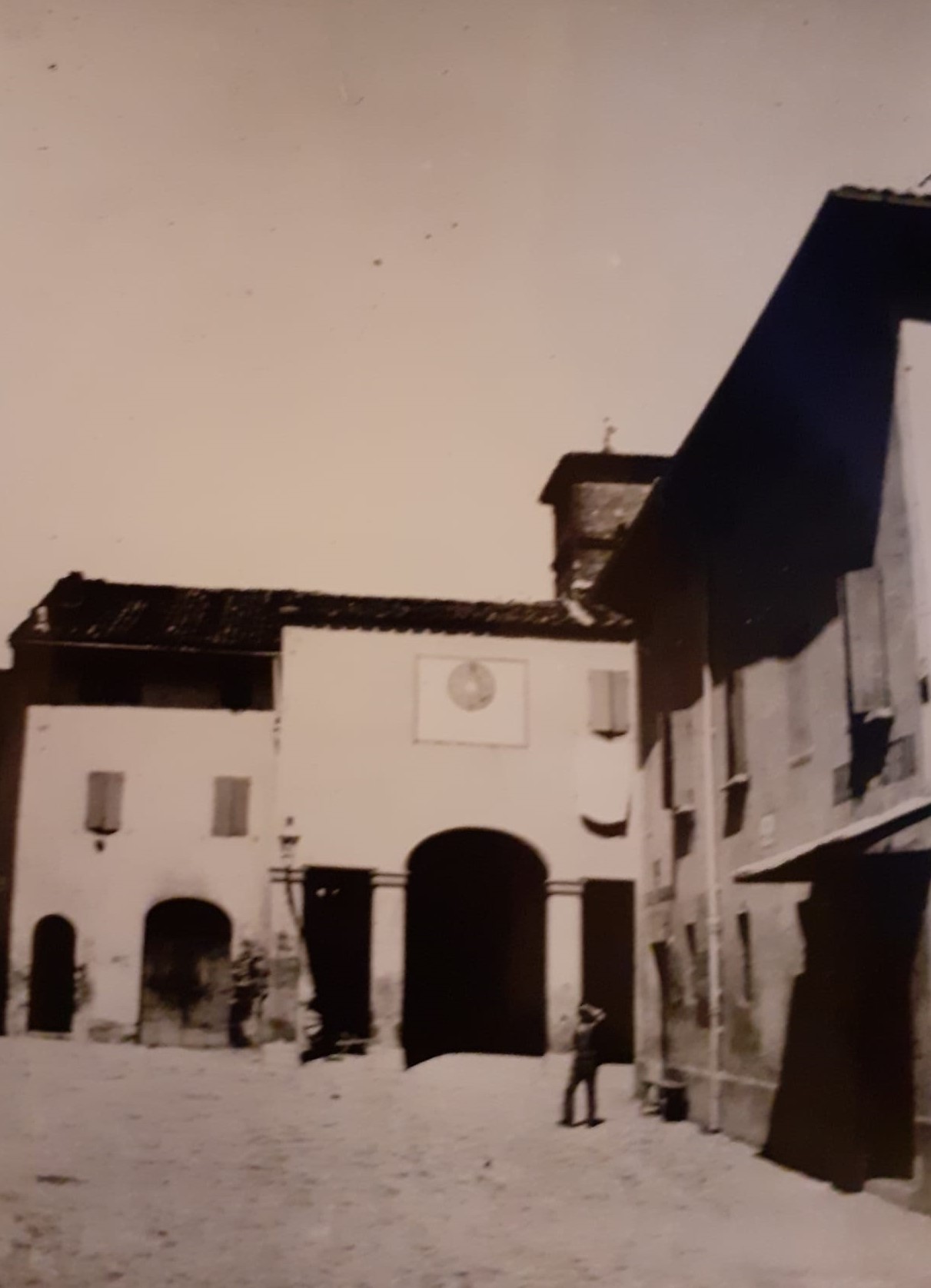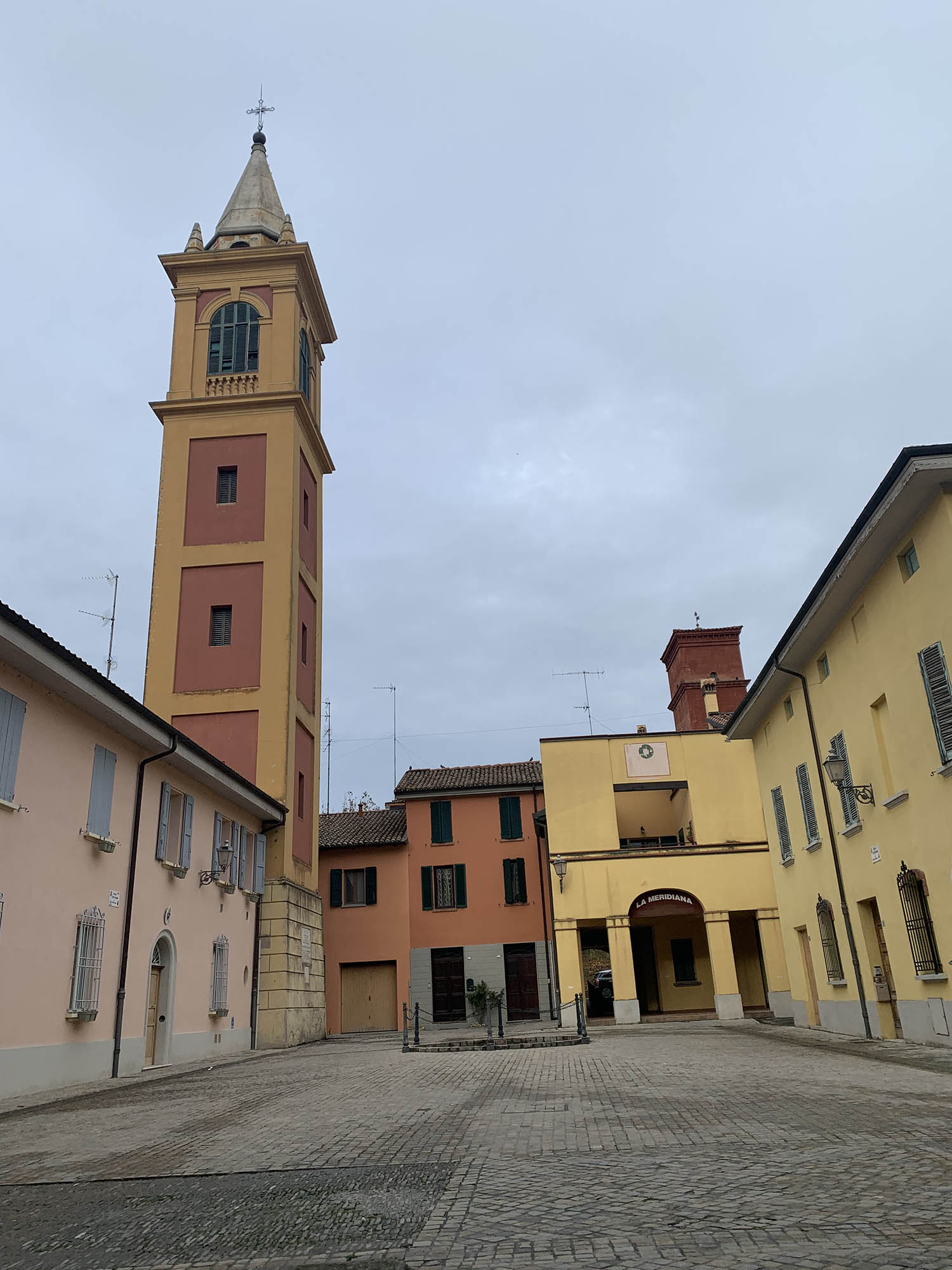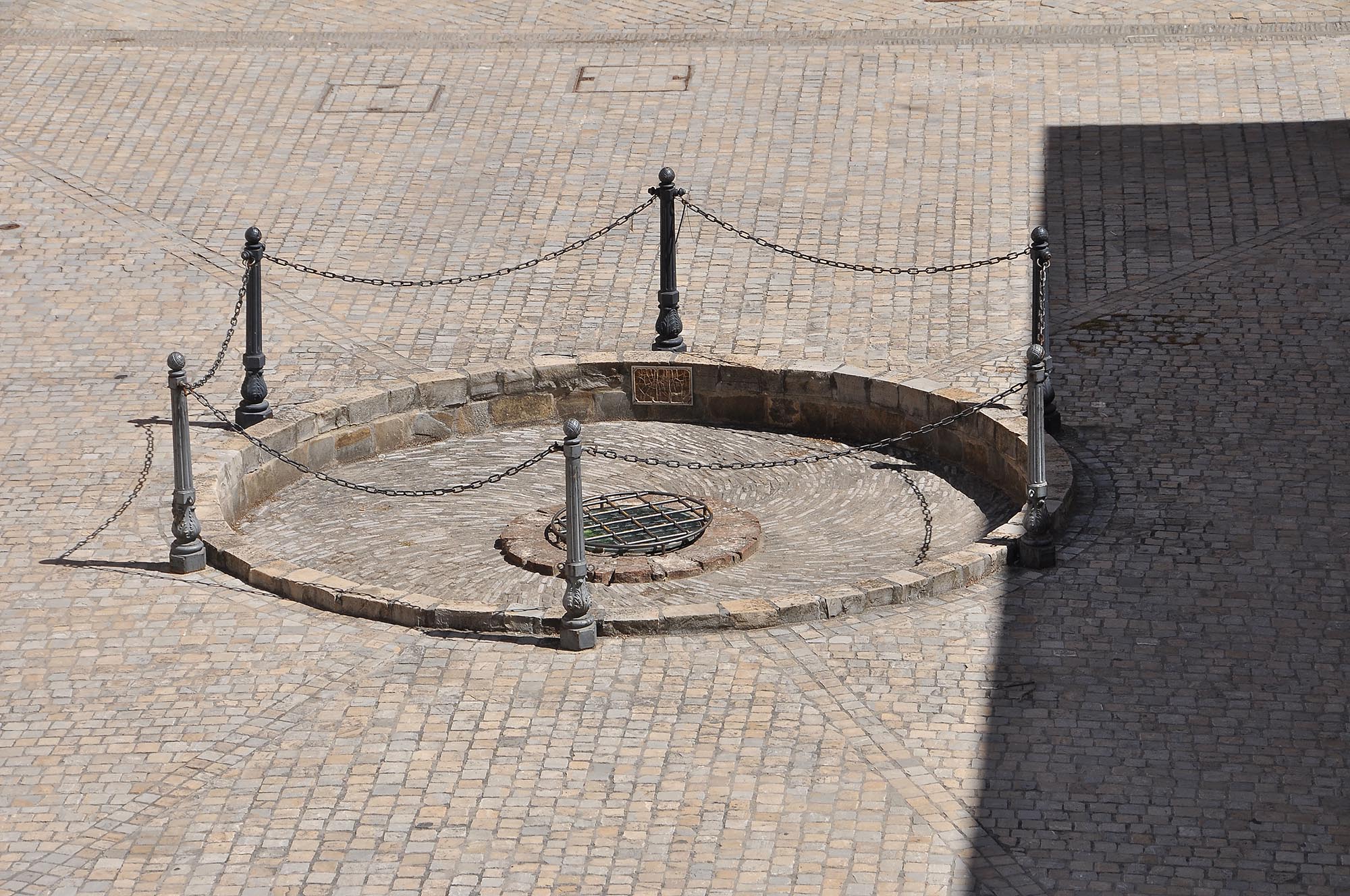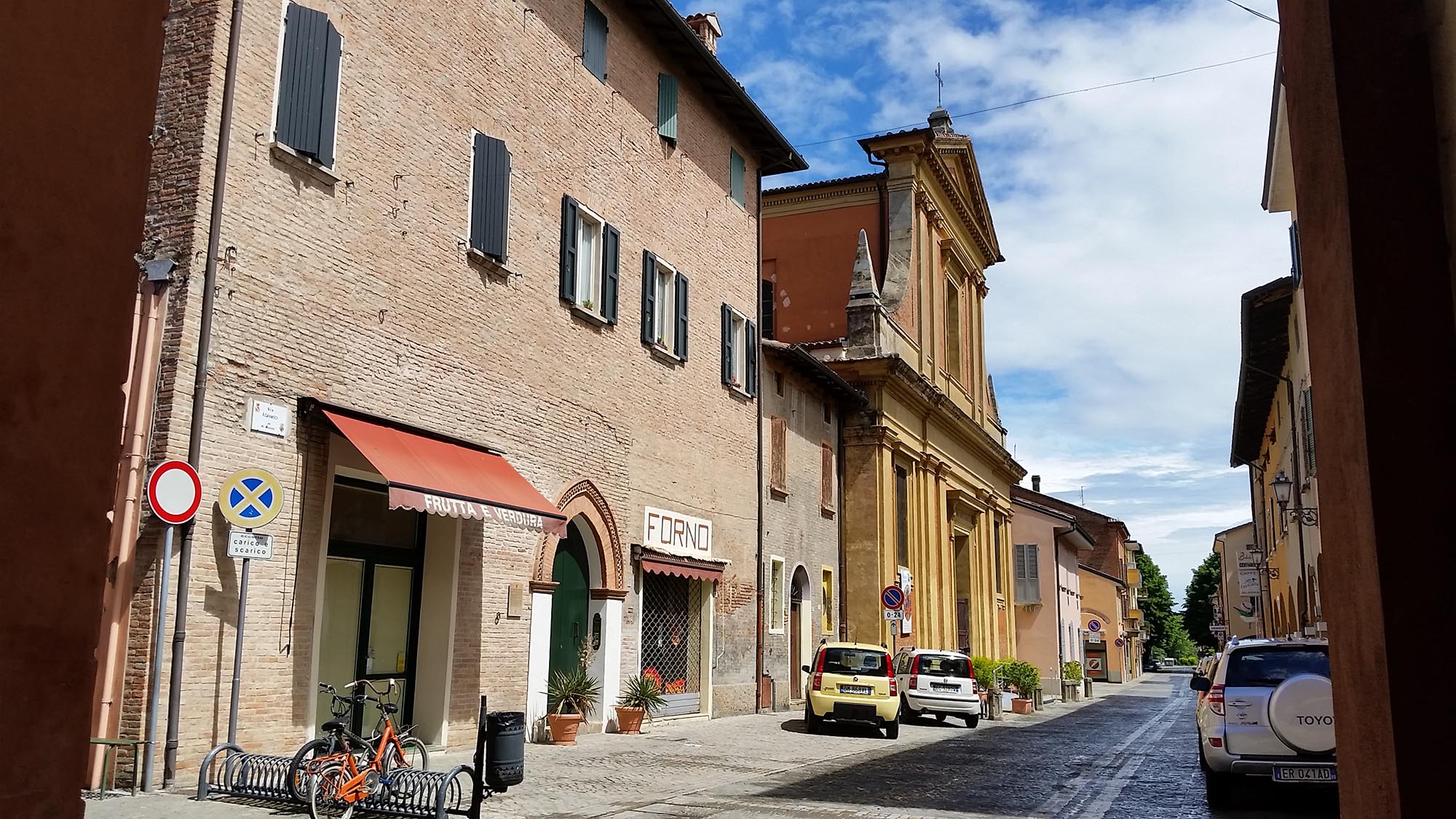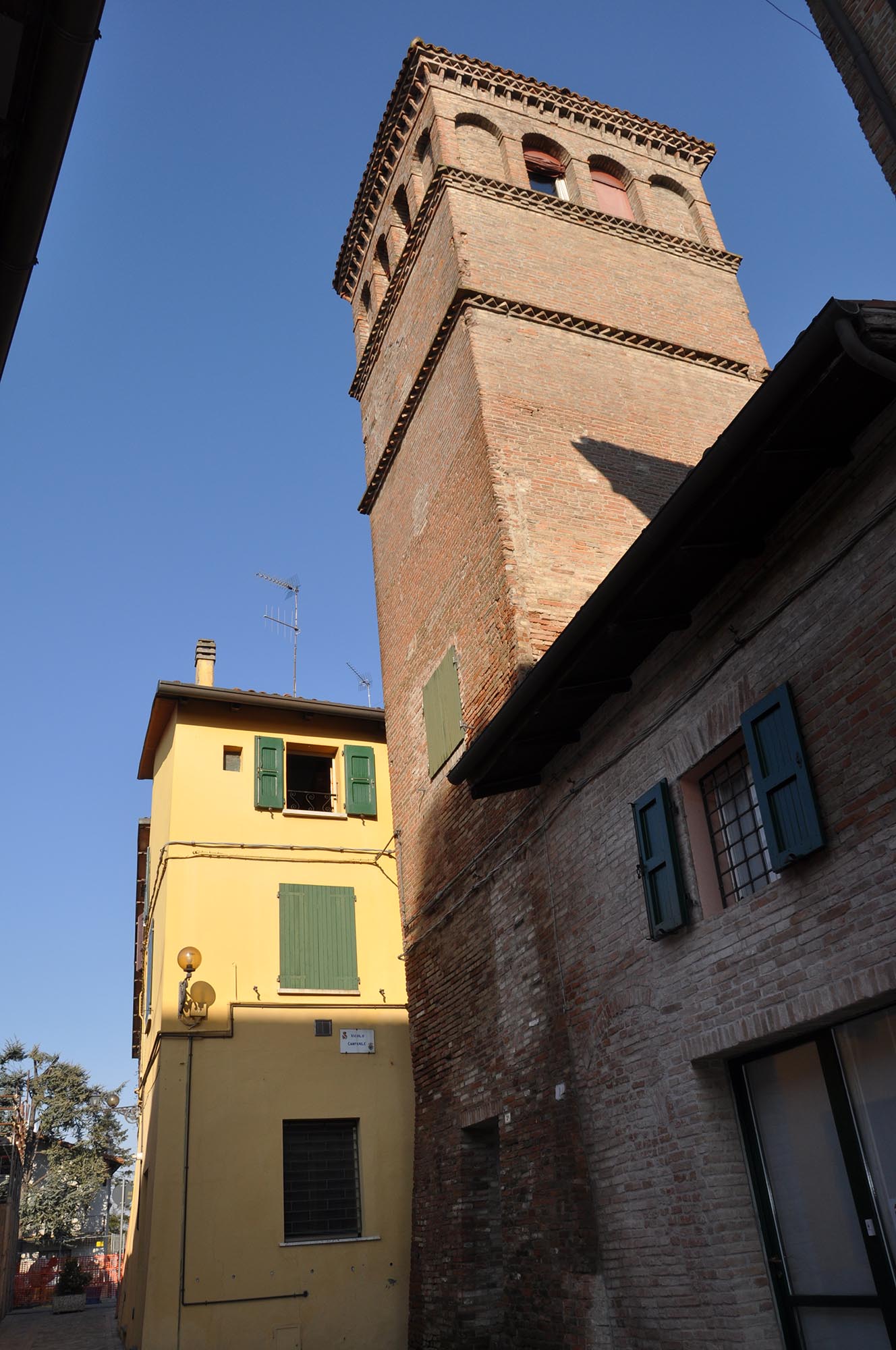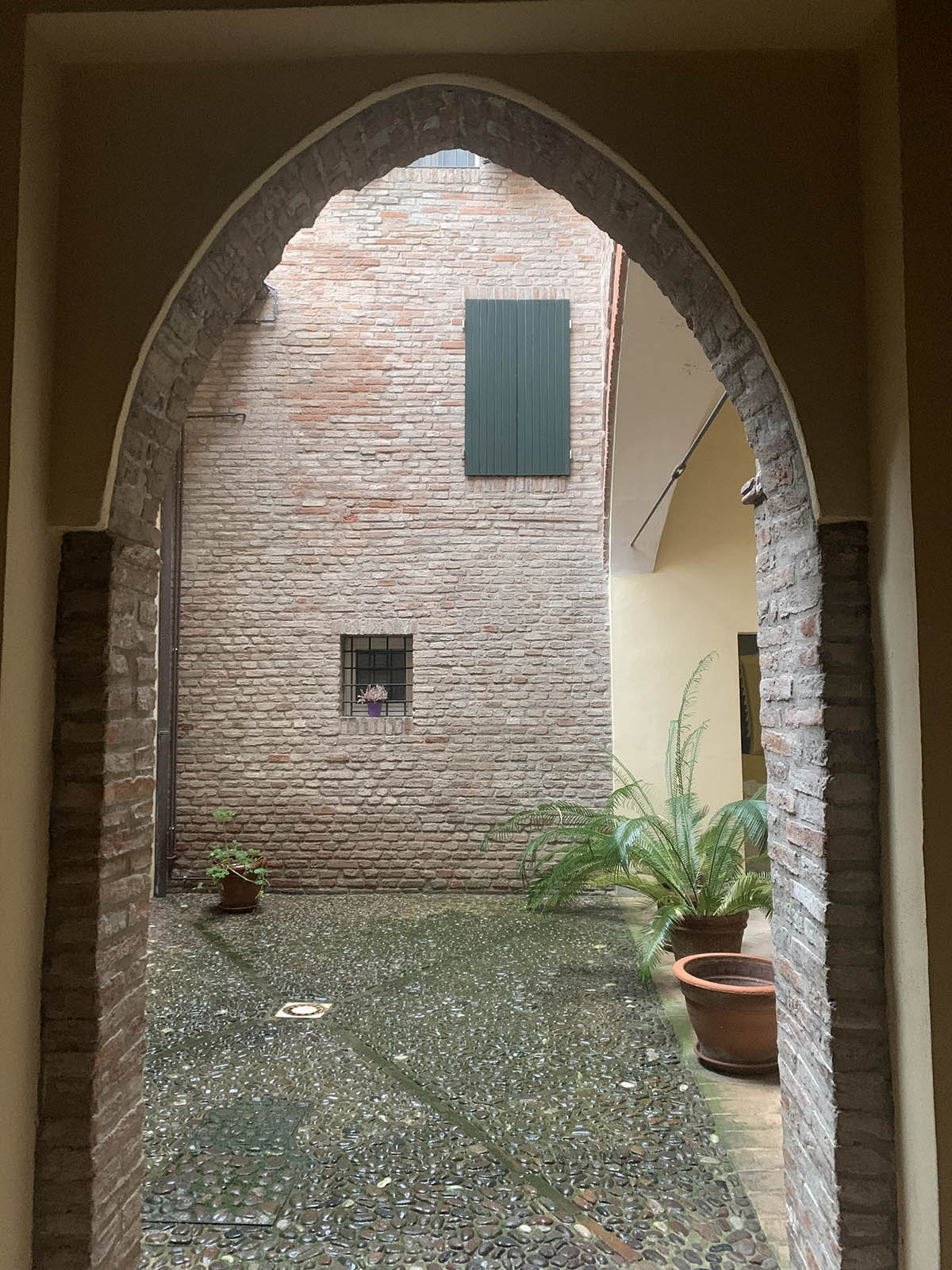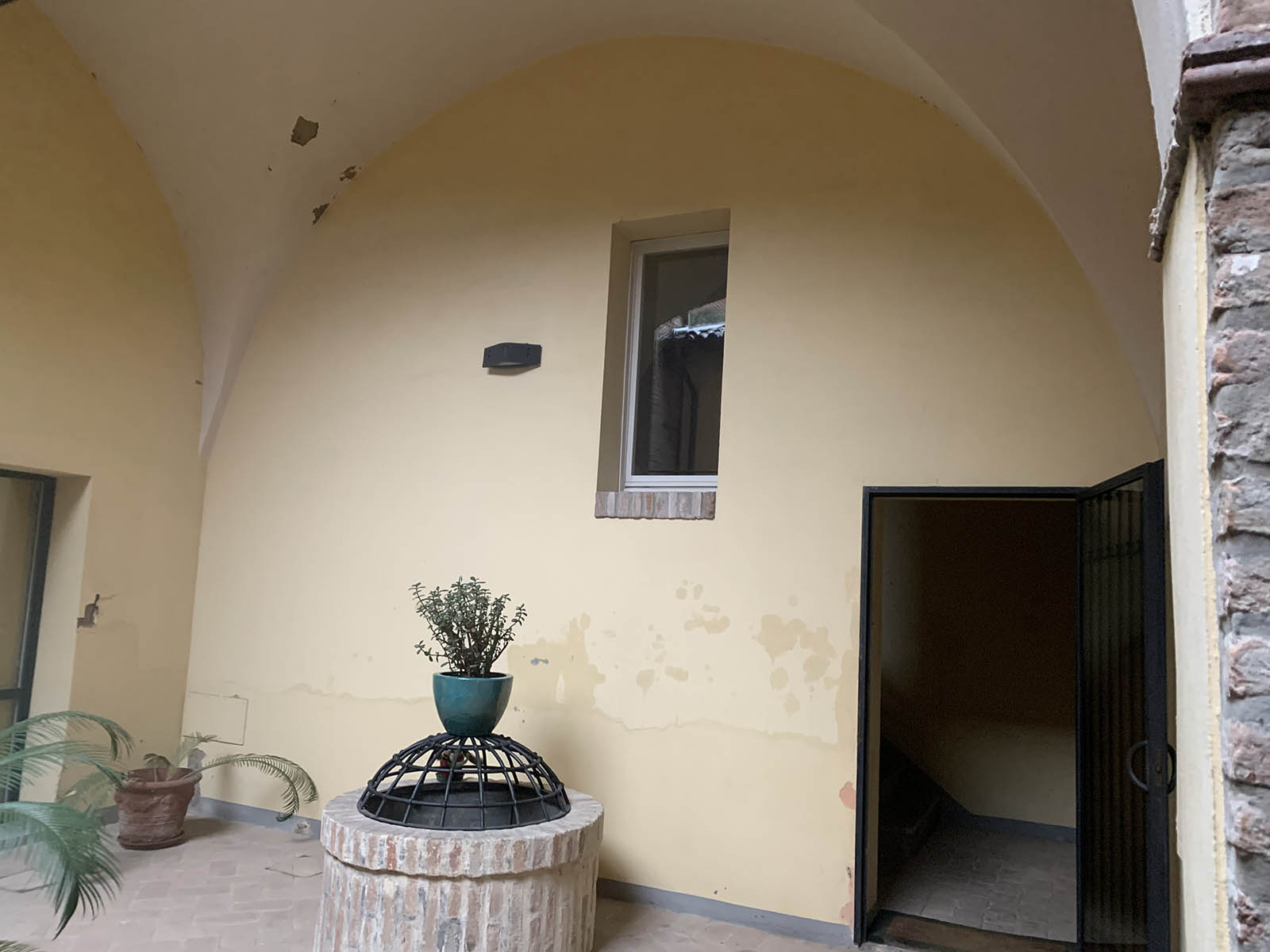Piazza XX Settembre
 Piazze
Piazze
-
Lun Sempre aperto Mar Sempre aperto Mer Sempre aperto Gio Sempre aperto Ven Sempre aperto Sab Sempre aperto Dom Sempre aperto
Descrizione
Anticamente denominata Piazza Malvezzi, in onore della famiglia che governò per secoli Castel Guelfo di Bologna, divenne dopo il 1870 Piazza XX Settembre, in ricordo della presa di Roma. Una meridiana, recentemente ristrutturata, è collocata sull’edificio affacciato sulla piazza, di fronte a Palazzo Malvezzi. Il selciato della piazza fu rifatto nel 1998 e dalle indagini effettuate sulle stratificazioni archeologiche sottostanti emerse che parte della superfice era occupata da case abbattute per realizzare la piazza, presumibilmente durante la costruzione del palazzo Malvezzi. I resti di questi edifici vennero in parte utilizzati per edificare due pozzi a cisterna, per il rifornimento di acqua. Nei primi anni del Novecento, entrambi i pozzi furono chiusi in seguito alla costruzione del primo acquedotto. Al centro della piazza venne installata una fontana in ghisa - demolita successivamente attorno al 1970 - che versava l’acqua in due conchiglie a vaso. Sulla sommità era posta una pigna, simbolo di abbondanza.
Palazzo del Podestà
L‘attività normativa di Castel Guelfo, pur essendo un feudo della famiglia Malvezzi, era regolata dagli statuti di Bologna e pertanto dovette dapprima dotarsi di un Vicario e poi di un Podestà, incaricati di amministrare la giustizia per conto dei feudatari.
L’attuale Palazzo del Podestà era la loro antica sede. Adibito oggi ad abitazioni e attività commerciali private fu costruito presumibilmente nella seconda metà del XV secolo e costituì il cuore delle rappresentanze del governo castellano. Posto in posizione strategica, all’ingresso della rocca, è caratterizzato da un fronte pulito e da una porta d’accesso ad arco ogivale, ornata da un fregio di cotto tipo bolognese. Presenta una torre con quattro ordini di archi per lato che si eleva sugli edifici limitrofi per sottolineare la propria importanza.
Nonostante i numerosi interventi apportati nei secoli successivi, la costruzione è ancora ben conservata nei suoi caratteri originali, soprattutto la parte interna, la corte e la torre, dove si integrano elementi architettonici tardo medievali e motivi rinascimentali.
Originally called Piazza Malvezzi, in honour of the family who governed Castel Guelfo di Bologna for centuries, it became Piazza XX Settembre after 1870, in remembrance of the capture of Rome. A sundial, which has recently been restored, adorns the building looking onto the square, opposite Palazzo Malvezzi. The cobblestone paving in the square was relaid in 1998 and when the ground underneath was examined during the work, it was discovered that part of the area had been occupied by houses which had been knocked down to make the square, presumably when Palazzo Malvezzi was built. Some of the remains of these buildings were used to build two wells to provide the residents with water. At the beginning of the twentieth century, both the wells were closed up following the construction of the first aqueduct. A cast iron fountain was erected in the centre of the square – and later demolished in around 1970 – spouting water into shell-shaped basins. On the top was a pine cone, the symbol of abundance.
Palazzo del Podestà
Although Castel Guelfo was a feud belonging to the Malvezzi family, it was governed by the charters of Bologna, so first it had to appoint a vicar and then a chief magistrate, whose job was to administer justice on behalf of the lords.
The Palazzo del Podestà we see today was their headquarters. Converted into private residences and commercial businesses today, it is thought to have been built in the second half of the 15th century and was where the castle representatives managed their affairs. Standing in a strategic position at the entrance to the fortress, it has a plain façade and the entrance door with its pointed arch is embellished with a decoration in typical Bologna cotto stone. It has a tower with four orders of arches on each side which rises above the nearby buildings to reiterate its importance.
Despite extensive work being carried out in later centuries, the original features of the building are still well preserved, especially the interior, courtyard and tower, where architectural elements from the late Middle Ages mingle with Renaissance motifs.
